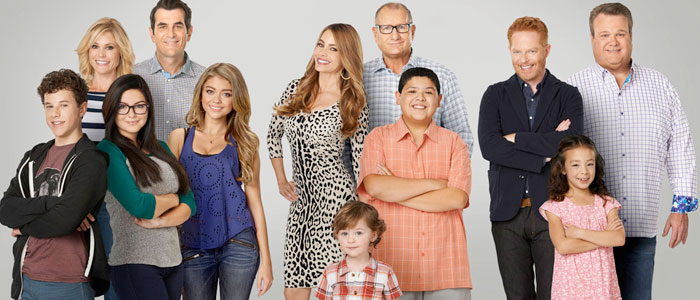chapter 6: networked families ~ staying together, netting together
"The networks of relationships we form and depend on are our modern-day villages, but they reach well beyond city limits." (Rainie & Wellman, 2013, p. 147)
The Nuclear Family
 |
| Source: Nuclear Family and Modern Family, 50sGeneration |
The Modern Family
 |
| source: How has the Idea of “Family” Changed on Television since World War II? The Artifice |
Northern American families have changed substantially through the generations. Below are some of the changes Chapter 6 discusses:
- percentage of married-couple houses with children is decreasing
- increase in single-parent households and remarried parent-households
- households are now smaller, women have fewer children
- cohabitation without marriage has increased
- shift in women's and men's roles in the household has changed
- emphasis on pursuing a career versus starting a family
- growth in computer-based work
The rest of the chapter discusses how the introduction of ICTs has influenced families. Most households today have multiple technological devices, a space dedicated to computer use, children are gifted a phone at a young age, some kids can use technology better than the adults in their households, etc. Those that are technologically savvy stand out from those in the family that are not. There is a blend in families between those that operate their daily activities with heavy influences of technology and others that do not. While there have been many discussions about a decrease in family time, it has helped many stay connected and networked. Just like the shifts from nuclear families to non-nuclear families, there has been a shift in the dynamics between family members. Nuclear families have now become networked families.
Has the instruction of ICTs driven a wedge between family members or strengthened the connection? How have ICTs changed your family dynamics?

Comments
Post a Comment